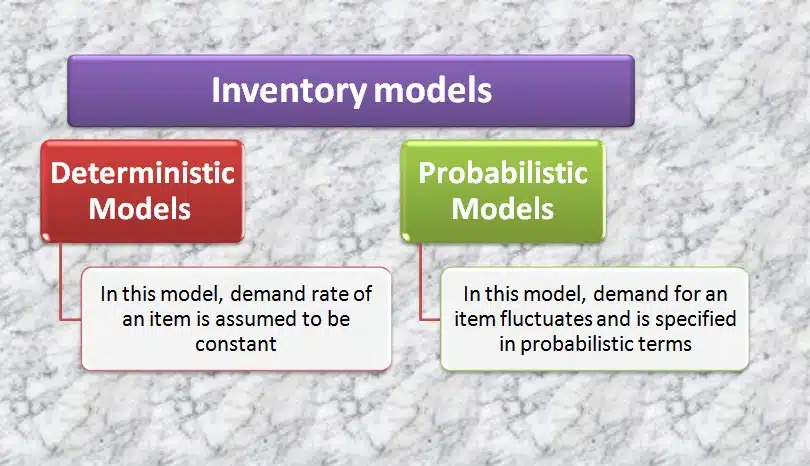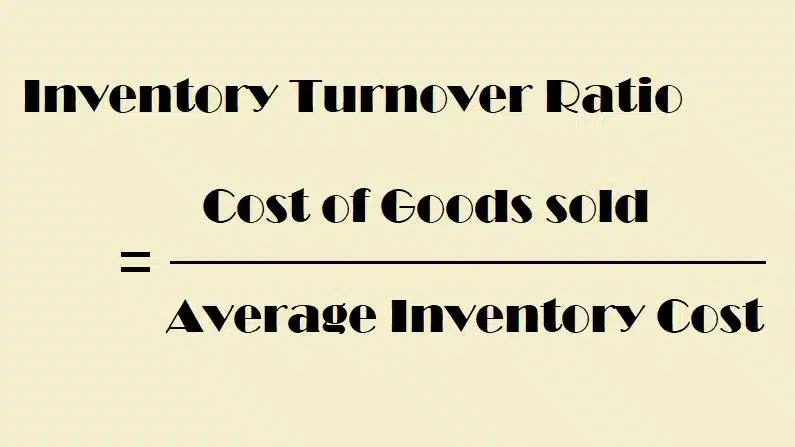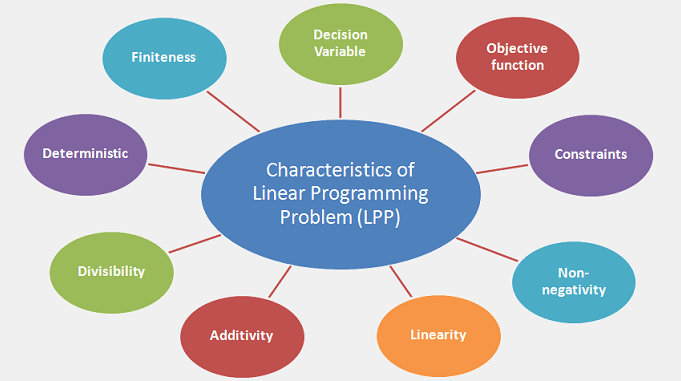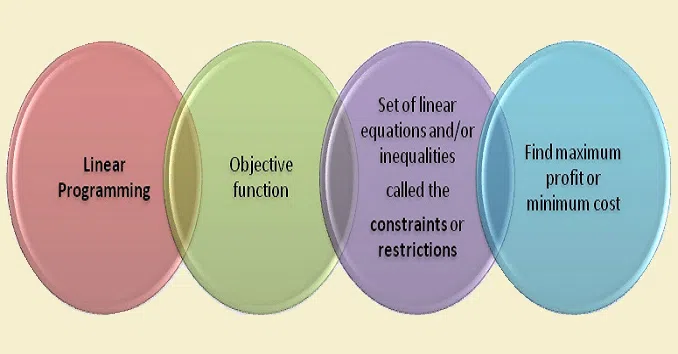
How to Develop an Inventory Model:
Inventory models are concerned with two main decisions: how much to order at a time and when to order so as to minimize the total cost?
The sequence of basic steps required for developing an inventory model may be organized as follows:
Step 1.
First, take the physical stock of all the inventory items in an organization.
Step 2.
Then, classify the stock of items into various categories. Although several methods are available to classify the inventories; but the selected method must serve the objectives of inventory management. For example, inventory items may be classified as raw materials, work-in-process. Purchased components, consumable stores and maintenance spares, finished goods, etc.
Step 3.
Each of the above classifications may be further divided into several groups. For example, consumable stores and maintenance spares can be further divided into the following groups:
(i) building materials. (ii) hardware items, (iii) lubricants and oils, (iv) textiles and fibres, (v) electric spares, (vi) mechanical spares, (vii) stationery items, etc.
Step 4.
After the classification of inventories, each item should be assigned a suitable code. The coding system’ should be flexible so that new items may also be permitted for inclusion.
Step 5.
Since the number of items in an organization is very large, a separate inventory management model should be developed for each category of items.
Step 6.
Use A-B-C or V-E-D classification which provides a basis for selective control of inventories through the formulation of suitable inventory policies for each category.
Step 7.
Now decide about the inventory model to be developed. For example, a fixed-order-quantity system may be developed for ‘A’ class and high valued ‘B’ class items, whereas a periodic review system may be developed for the low valued ‘B’ class and ‘C’ class items.
Step 8.
For this, collect data relevant to determine ordering cost, shortage cost, inventory carrying cost, etc.
Step 9.
Then, make an estimate of the annual demand for each inventory item and their prevailing market price.
Step 10.
Estimate lead-time safety stock and reorder level, if supply is not instantaneous. Also, decide about the service level to be provided to the customers.
Step 11.
Now develop the inventory mode.
Step 12.
Finally, review the position and make suitable alterations, if required, due to current situations or constraints.
Before we proceed to discuss inventory models, it is very desirable to consider briefly the costs involved in the inventory decisions.
(Source – Various books of college library)
Copyrighted Material © 2019 - 2024 Prinsli.com - All rights reserved
All content on this website is copyrighted. It is prohibited to copy, publish or distribute the content and images of this website through any website, book, newspaper, software, videos, YouTube Channel or any other medium without written permission. You are not authorized to alter, obscure or remove any proprietary information, copyright or logo from this Website in any way. If any of these rules are violated, it will be strongly protested and legal action will be taken.




Be the first to comment